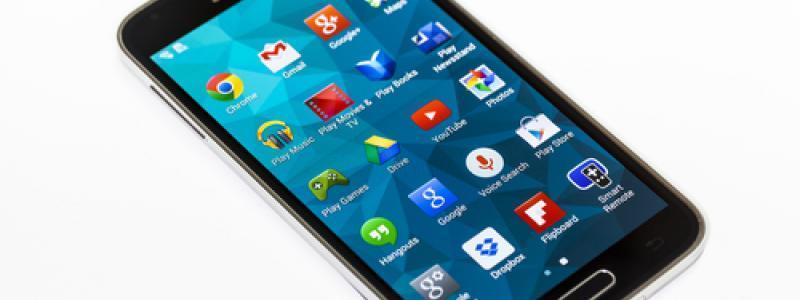Samsung’s Own Mobile Payment System To Challenge Apple Pay Soon

It was bound to happen. Apple Pay may have ignited the mobile payment system revolution when it launched last year, but there was no doubt that some other player will challenge its dominance.
That player, of course, is Samsung. The South Korean tech giant recently confirmed that it will be launching Samsung Pay, its answer to Apple's mobile payment system, soon across the United States. For maximum exposure, Samsung made the announcement at the Mobile World Congress, together with the unveiling of its two newest flagship devices, the Samsung Galaxy S6 and the curvy Galaxy S6 Edge.
Like Apple Pay, Samsung's payment system will let users facilitate contactless payments using their smartphones without having to bring their wallets. But unlike Apple's system which relies so much on near field communications technology (NFC tech), Samsung Pay will be a lot less limited. As a matter of fact, not only can Samsung Pay users make payments using NFC, they can also complete purchases via magnetic stripe readers, which are more widely used than NFC-equipped point-of-sale (POS) terminals.
Since Apple Pay's launch, it has amassed around 200,000 retailers in the US. That number may sound impressive, but looking at the big picture, 200,000 is only about 3 percent of the total number of merchants in America. But because Samsung Pay makes use of magnetic stripe, it will be readily supported by a much larger number of retailers. We are talking of as much as 90 percent of all stores in the US.
It appears that Samsung's decision to acquire LoopPay will pay off. Last month in February, the South Korean tech giant bought this startup company, which specializes in magnetic secure transmission (MST) technology. Aside from getting hold of LoopPay's know-how, Samsung has also forged partnerships with MasterCard and Visa, and there is even talk that the company will be adding American Express as well as other major banks as partners in the next few months.
But how will Samsung Pay work? Basically, consumers authorize payment transactions via a fingerprint scanner (just like Apple Pay). The payment system can be activated by swiping on a handset's display screen, picking the debit or credit card to be used for the transaction, and then tapping the smartphone against an electronic terminal.
According to Samsung, unique tokens will be used at the point of sale to protect the identity and sensitive information of the consumers. No personal data nor card details will be recorded in any transaction. For added protection, Samsung Pay will utilize Samsung's KNOX security platform.
The big question now is: will Samsung Pay knock Apple Pay off the pedestal? It is far too early to tell as this point because Samsung Pay has not launched yet, and we still have not seen it being demonstrated extensively. What is for certain is that Apple Pay will no longer be the only prominent mobile payment system out there.
And it is about to get even more crowded -- Google has just bought Softcard, another mobile payment company, but one that is backed by major wireless carriers in the US. Pretty soon, consumers will have more than one or two to choose from when it comes to contactless payments.
Related Blog Articles
- BlackBerry Unveils The Leap, Its Latest Touchscreen Phone
- Apple Scores 25 Percent Market Share In Chinese Urban Areas
- Alternative Mobile Payment Options To Check Out If You Don’t Have Apple Pay, Google Wallet, or Samsung Pay
- The Ultimate Guide to Your Taxes
- Apple’s New Music Streaming Service To Launch In June
- Apple Watch Could Galvanize Entire Wearable Device Industry
- iTunes Match vs Google Play Music vs Amazon Cloud Player: Which One To Choose?
- AT&T Not Chasing After Customers As Carrier Price Wars Subside
- FCC Details Its Net Neutrality Rules In 400-Page Document
- Cable-Free HBO to Debut in April


 Menu
Menu